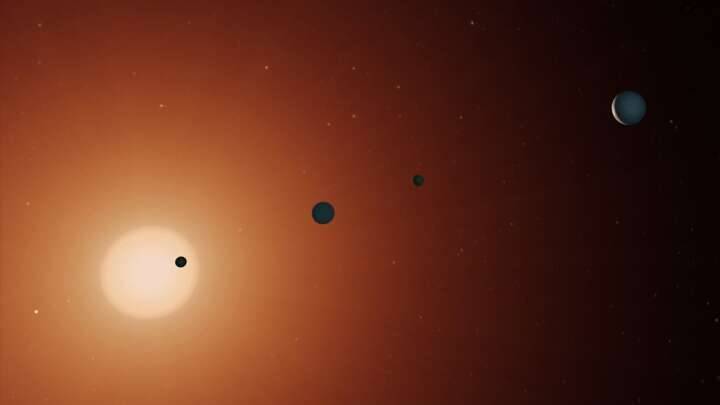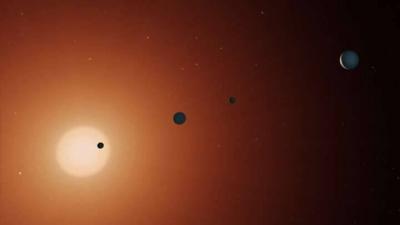A group of high school students may be the youngest astronomers ever to make a significant discovery, as they published their findings this week as part of a research mentorship program from the Center for Astrophysics at Harvard and Smithsonian.
Their discovery involved an exoplanetary system consisting of four planets orbiting the star TOI-1233, which includes a super-Earth that could help solve puzzles related to planet formation in space. Reportedly, the four planets in the system were discovered by high school students Kartik Bingley, 18, and Yasmin Wright, 16, who worked alongside researcher Tansu Daylan. The four exoplanets they discovered are located about 200 light-years from Earth.
It is worth mentioning that the student research mentorship program at the Center for Astrophysics connects local high school students interested in research with real-world scientists from Harvard and the Massachusetts Institute of Technology, where students work with their mentors on a year-long research project. The program is managed by astrophysicist Clara Sousa-Silva, who stated that the learning curve in the program is very steep, but ultimately, students can claim they have conducted active research at the cutting edge in the field of astrophysics.
It is notable that high school students achieving such remarkable results is extremely rare, as it is uncommon for students of that age to publish research of such significance. Both students were co-authors of the core research paper and studied data from the TESS space telescope, a satellite orbiting Earth that surveys nearby bright stars to detect exoplanets and looks for dimming of distant stars when planets transit in front of them.
Additionally, both students were very excited to be part of the program that discovers distant exoplanets, as the team hopes to study the new planets further next year. It is also nice to note that the students are paid for four hours a week for the research they complete.




